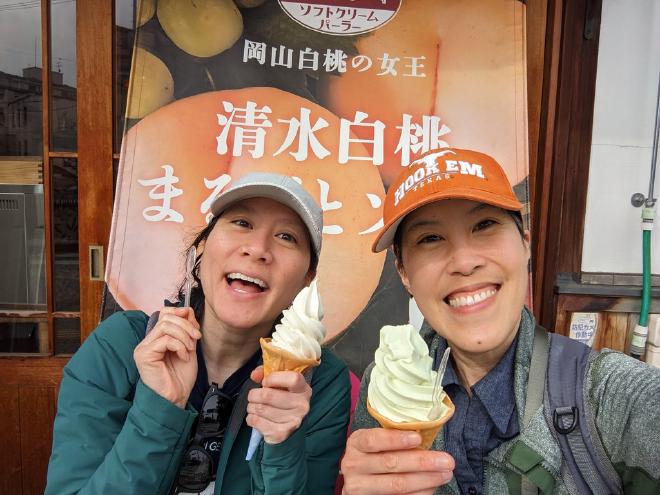Day 7: The Kibi Plain, and Kurashiki
Table of Contents
Kibi Plain #
This day was reserved for renting bikes and riding the trail between Bizen Ichinomiya and Soja Stations, located in the rural flatlands of Kibi Plain just outside Okayama.
I knew I’d wanted to fit in a nice bike ride into the trip if one was possible, one that didn’t involve riding in the city and having to contend with lots of other people. So it was boon when I came across the 10-mile Kibiji cycling route.
When Van and I got off at Bizen-Ichinomiya Station, I clutched my Japan Rail Pass to myself, yesterday’s travails still fresh in my mind. I immediately noticed that this station, too, was unmanned as Hokaiin Station had been the day before. Except with one big difference: A sign at the gate that specifically said in Japanese and English to not put your J Rail Passes in the box. Had it been there all this time? I’m sure other travelers have done the same and Japan Rail had put these signs out long before, and Hokaiin Station was just missing one, was all. Or had Japan Rail put it up overnight because of my mishap? I admit a small part of me wondered (with no amount of horror) if it was because of me.
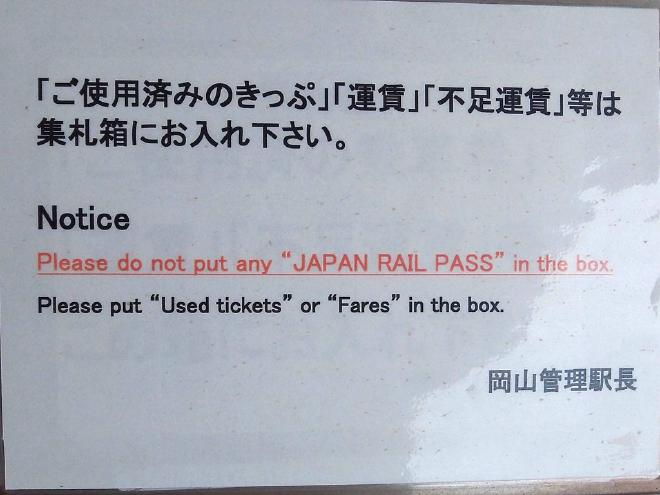
Whatever the case, just as described, there was a bicycle shop right next to the station. You saw it immediately when you exited. It was manned by an elderly couple who got us sorted with our bicycle rentals. They even had a laminated book of photographs to help walk us through the route. I took pictures of the instructions just in case we needed to refer to them but knew there was little chance I’d want to stop to constantly refer to them.
Van and I started off by visiting a shrine close by with giant carp streamers floating in the wind and a sculpture of Kibitsuhiko no Mikoto, the famed prince who vanquished Ura the demon and serves as inspiration for Peach Boy, or Momotaro.
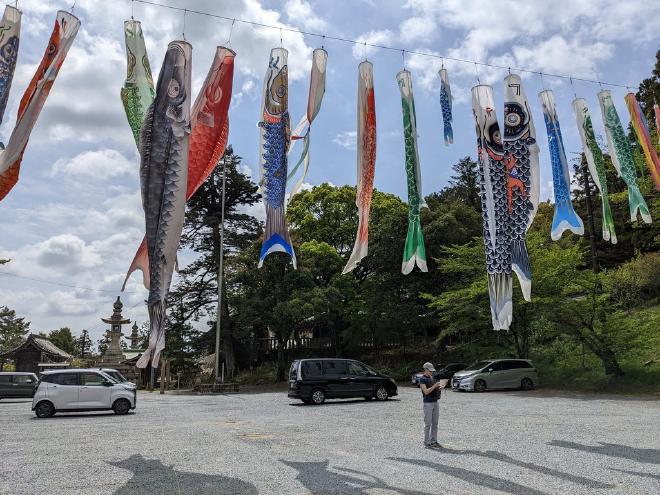
As we continued, it turned out the path had signs painted on the pavement to mark the way. I nevertheless still missed a turn but a local resident burning organic waste in a field kindly pointed us to where we needed to be.
We passed by so many rice fields, shrines and historic sites along the way. I chose not to stop because I’ve already seen plenty and we also had another destination after the ride.
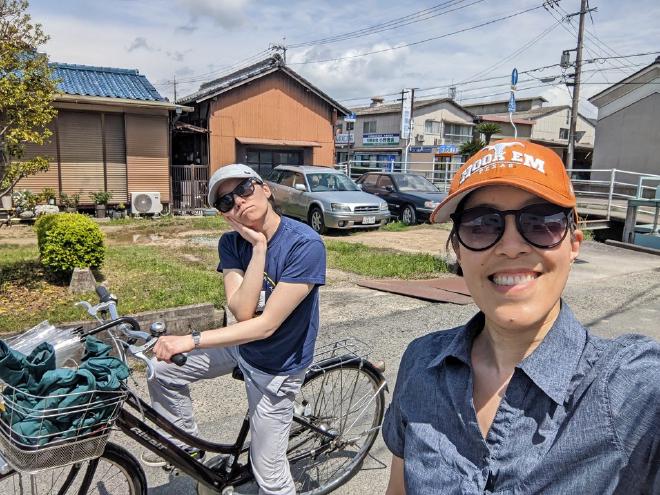
Once we got to Soja, we dropped off our bikes at the shop by the station. We missed our train, so walked around for looking for food but it turned out to be a business desert largely devoid of shops, restaurants, conbini or grocery stores. So we just returned to the station to wait for the next train, due an hour later.
Kurashiki #
A quick 10-minute train ride later, we were in Kurashiki, where we walked to the Bikan Historical Quarter, known for its weeping willow-lined canals and the beautiful Edo-era (1603-1867) architecture of its buildings, which formerly served as storehouses for rice.
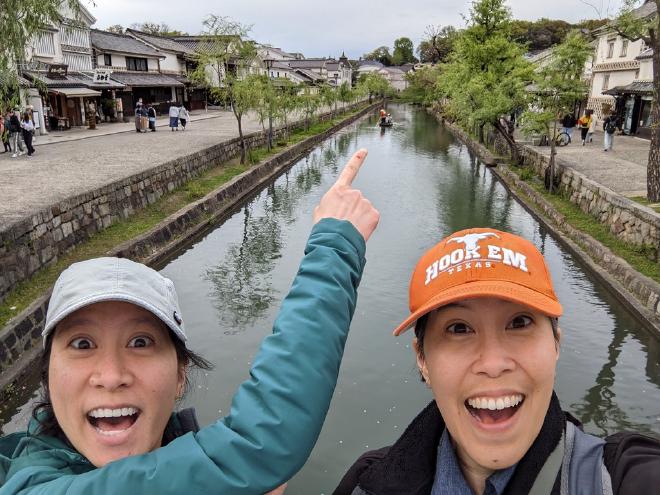
Van and I ate udon at a tradition Japanese restaurant in the historic district and then perused the shops along the canal.
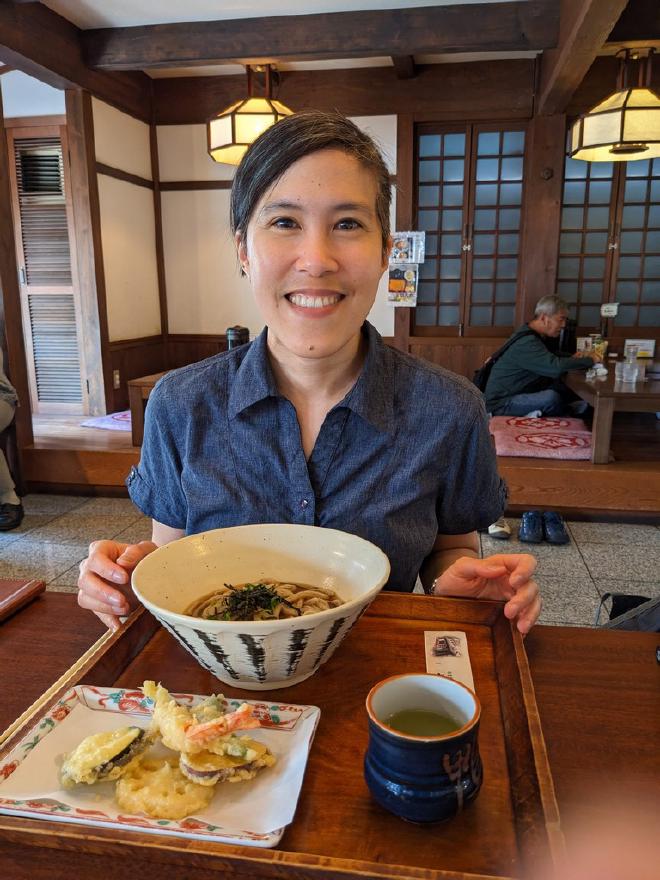
I ended up buying some chopstick rests at one of the stores, which I plan to use as a pen rest, and we also treated ourselves to soft-serve ice cream made with local seasonal ingredients: muscat grape for me and peach for Vannie.
